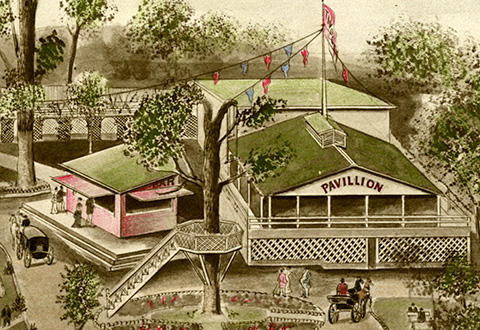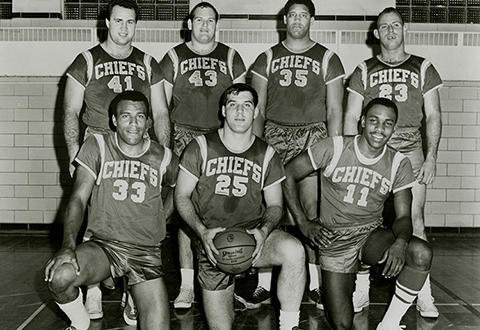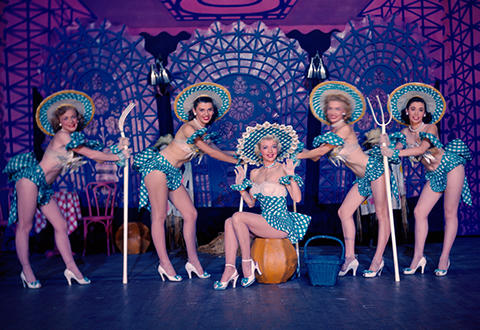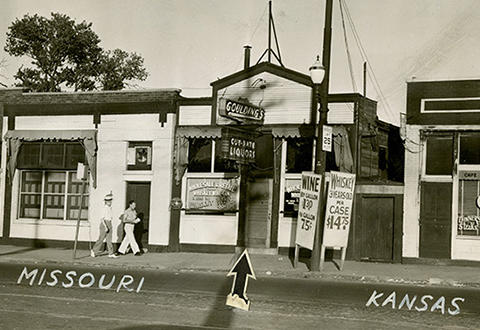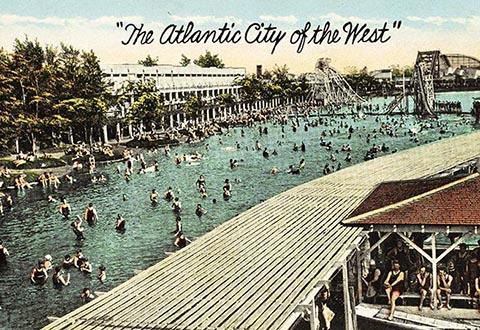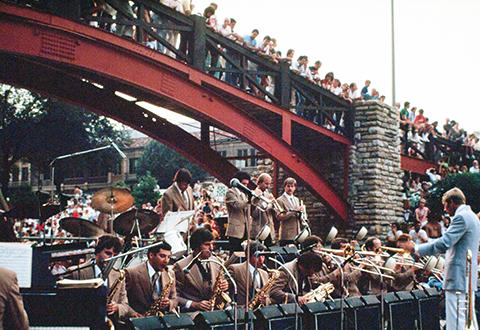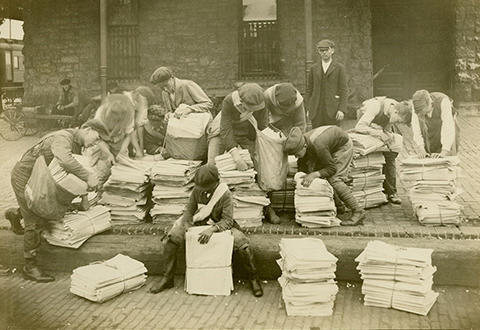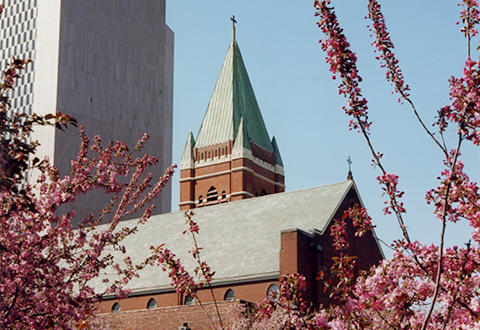On the first weekend of October, thousands of Kansas Citians will raise a glass – or perhaps more fitting, a stein – to celebrate German heritage during KC Oktoberfest at Crown Center. It will be two days of Bavarian-style food, music, and, yes, bier. The latest installment of What’s Your KC Q?, a partnership between The Star and the Kansas City Public Library, tells the story of German immigrant named Martin Keck who operated a popular beer garden in the 1870s.
A century later, the property he developed would become the site of one of the city’s most iconic destinations: Crown Center. Reader Lori Moore put KCQ on Keck’s trail, asking: “What was originally on the site of the Westin Hotel at the corner of Main and Pershing Road?”

